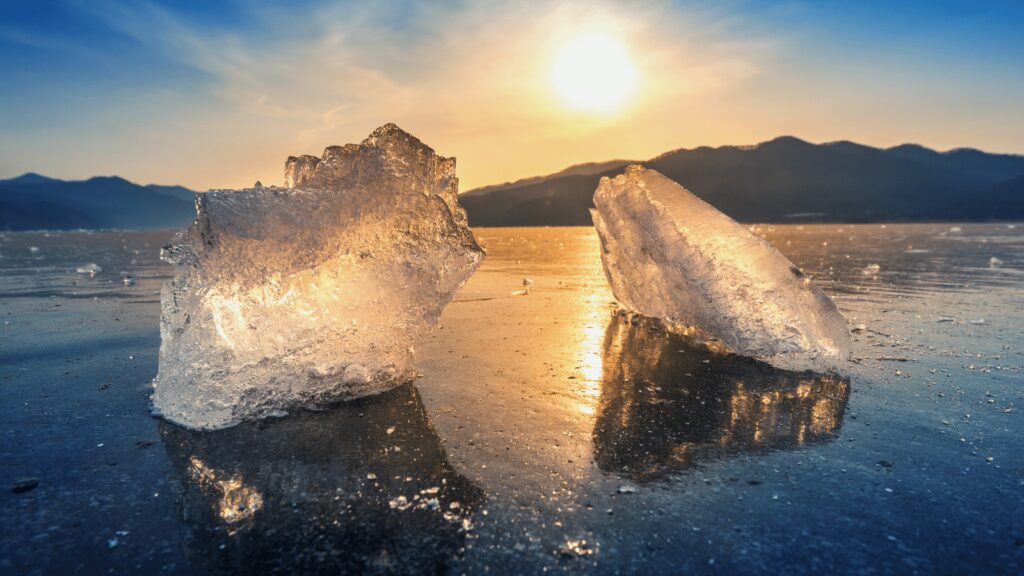Understanding Climate Change Through a Different Lens. Limiting warming to 1.5 degrees Celsius could reduce the number of people susceptible to climate-related poverty risks by as much as several hundred million by 2050.
Climate change threatens everyone’s physical health, mental health, air, water, food, and shelter, but certain groups, including the disadvantaged, are at the greatest risk. This is mainly due to their location, health, income, language barriers, and limited access to resources. At 1 degrees Celsius warming, the report projects that climate-related risks to human health, livelihoods, food security, human security, water supply and economic growth will all increase, and will increase even more at 2 degrees warming. Without recognizing that combating climate change and achieving environmental justice are inextricably linked, they will suffer the worst effects of climate change.
RELEVANT SUSTAINABLE GOALS



Intense Heat Waves
With climate change, many regions worldwide are experiencing warmer temperatures and more frequent and intense heat waves. Increasing temperatures cause more deaths, illnesses, hospital visits, and congenital disabilities. Some symptoms are associated with extreme heat, including cramps, heatstroke, heat exhaustion, hyperthermia, and dehydration.
Disadvantaged communities have higher rates of health conditions such as heart disease, diabetes, asthma, and chronic obstructive pulmonary disease (COPD). Heat stress can exacerbate heart disease and diabetes, and warming temperatures produce more pollen and smog, worsening asthma and COPD. Heat waves also affect birth outcomes. A study of the impact of California heat waves from 1999 to 2011 on infants found that mortality rates were highest for Black infants. Moreover, disadvantaged communities often lack access to good medical care and health insurance.
Extreme Weathers
Extreme weather events have increased in frequency and intensity and climate change is expected to exacerbate them. However, climate change cannot be definitively linked to any particular extreme weather event.
Extreme weather events can lead to injury, illness, and even death. Warming water temperatures and changes in precipitation patterns promote the growth of bacteria, viruses, parasites and toxic algae; heavy rains and flooding can pollute drinking water and increase water contamination, potentially causing diarrhea and kidney and liver damage.
A severe weather event can also disrupt power systems, water systems, transportation, and communication networks essential to accessing emergency services and health care. People living in disadvantaged communities are more vulnerable to power outages, water issues, and structural damage because their housing is substandard and the infrastructure is old. As a result, those living in these communities may lack access to public health warnings and adequate health care, medicines, and health insurance. Further, they may not have access to transportation to escape extreme weather or resources for relocating or rebuilding after a disaster. In addition to physical hardships, extreme weather can exacerbate mental health problems such as depression, post-traumatic stress, and suicide.
Poor Air Quality
Although climate change does not cause poor air quality, burning fossil fuels does; climate change can worsen air quality. The stagnant air masses caused by heat waves prevent air pollution from moving away. As the temperature rises, more smog is created, particularly during the summer. And wildfires, fueled by heat waves and drought, produce smoke that contains toxic pollutants.
Polluted air can exacerbate allergies and asthma, cause heart diseases, and cause premature death. Air pollution is particularly harmful to people living in urban areas with high levels of air pollution or suffering from medical conditions such as hypertension, diabetes, asthma, or COPD.
Polluted air can exacerbate allergies and asthma, cause heart diseases, and cause premature death. Air pollution is particularly harmful to people living in urban areas with high levels of air pollution or suffering from medical conditions such as hypertension, diabetes, asthma, or COPD.
Linking climate change to environmental justice
The former writer-in-residence at the Earth Institute, Mary Anna Heglar, argues that climate change is caused by racism. She wrote, “It started with conquest, genocides, slavery, and colonialism.” “That is the moment when White men’s relationship with living things became extractive and disharmonious. Everything was for the taking; everything was for sale. The fossil fuel industry was literally built on the backs and over the graves of Indigenous people around the globe, as they were forced off their land and either slaughtered or subjugated — from the Arab world to Africa, from Asia to the Americas. Again, it was no accident.”
There is a need for more intersectional approach in climate policy & solutions, for starters. At the COP26 that took place this past Fall, for example, women, people of colors and indigenous communities were left out of critical conversations about those solutions. Additionally, environmental racism still needs to be addressed. The climate crisis disproportionately affects communities of color. Yet, people still don’t believe there is a link between race and climate.
When it comes to climate inequality in general, vulnerable groups continue to bear a disproportionate brunt of climate change, environmental risks, and other hazards as they are left behind in solutions. I could probably go on all day; there is still so much work to be done this year and beyond.
Historical and present-day injustices have both left black, indigenous and people-of-colour communities exposed to far greater environmental health hazards than white communities
Veronica Mulenga (environmental justice activist, Zambia)
The climate movement is for everyone. Anyone can join, and everyone has a role. I would recommend joining a local or online organization and talking to those people about climate change. Discussion is influential in inspiring action. Volunteers are crucial for organizations in this area since we get to all collaborate.
Watch tv shows, listen to podcasts, or read a book on the crisis. You don’t have to be “active” to participate in the movement. Try to get information from different sources, but whatever is comfortable. Share your knowledge. Share your unique perspective, which can help people understand climate change through a different lens.
Lead image courtesy of tawatchai07.
You may also be interested in :
A Climate-Smart, Regenerative and Nature-based Agriculture Framework In Southeast Asia


